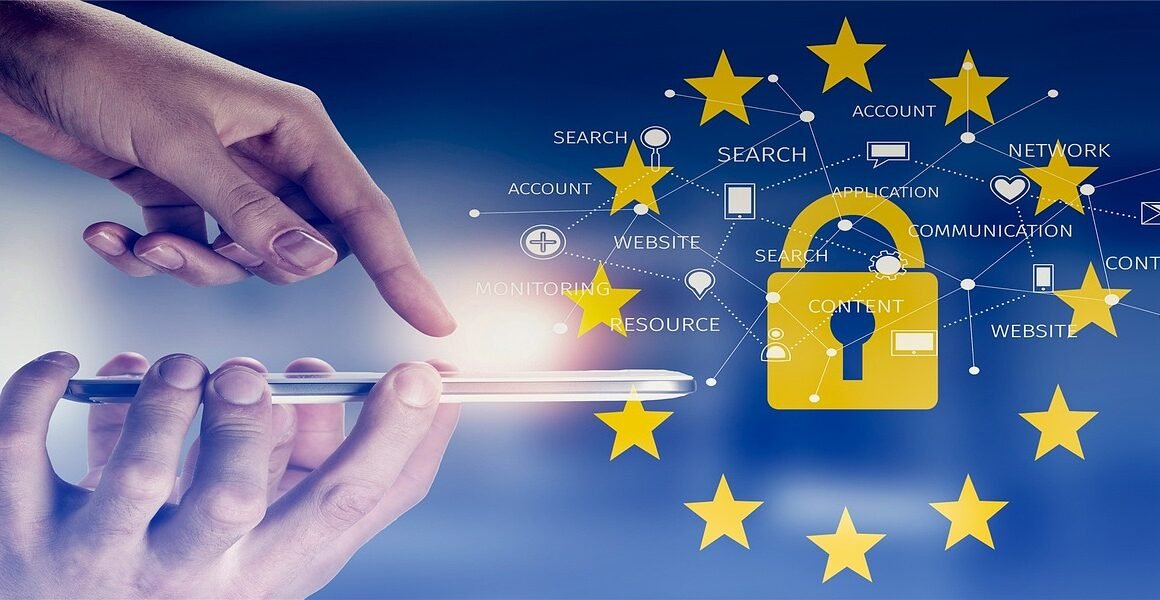The digital world offers unprecedented opportunities for connection, commerce, and communication. However, this interconnected landscape also presents a fertile ground for cybercrime, a growing threat that impacts individuals, businesses, and even governments. Understanding the nature of cybercrime, its various forms, and the steps we can take to protect ourselves is crucial in today’s digital age. This blog post will delve into the multifaceted world of cybercrime, providing insights and actionable advice to help you navigate the digital realm safely.
Understanding the Landscape of Cybercrime
Defining Cybercrime
Cybercrime, at its core, encompasses any criminal activity that involves a computer, a networked device, or a network. It’s a broad category that includes everything from hacking and malware distribution to online fraud and identity theft. The perpetrators, often referred to as cybercriminals, exploit vulnerabilities in systems and human behavior to achieve their malicious goals.
The Rising Tide of Cybercrime: Statistics and Impact
The statistics surrounding cybercrime are alarming. According to a report by Cybersecurity Ventures, global cybercrime costs are projected to reach $10.5 trillion annually by 2025. This staggering figure reflects the increasing sophistication and prevalence of cyber attacks. The impact of cybercrime extends beyond financial losses, including:
- Reputational damage: A data breach can severely damage a company’s reputation and erode customer trust.
- Operational disruption: Cyber attacks can disrupt business operations, leading to downtime and lost productivity.
- Legal and regulatory consequences: Organizations may face fines and legal action for failing to protect sensitive data.
- Personal distress: Individuals can suffer emotional distress and financial hardship as a result of identity theft or online scams.
Common Types of Cybercrime
Phishing Attacks
Phishing is a deceptive tactic used by cybercriminals to trick individuals into divulging sensitive information, such as usernames, passwords, and credit card details. They often impersonate legitimate organizations or individuals through email, text messages, or fake websites.
- Example: An email appearing to be from your bank asking you to verify your account details by clicking on a link. This link then redirects you to a fake website that steals your login credentials.
- Tip: Always verify the sender’s email address, look for grammatical errors, and avoid clicking on links in suspicious emails. Hover your mouse over the link to see the actual destination URL before clicking.
Malware and Ransomware
Malware, short for malicious software, encompasses various types of harmful programs designed to infect and damage computer systems. Ransomware, a particularly devastating type of malware, encrypts a victim’s files and demands a ransom payment for their release.
- Example: A ransomware attack that encrypts all the files on a business’s network, rendering them inaccessible until a ransom is paid.
- Tip: Install and regularly update antivirus software, be cautious when downloading files from the internet, and back up your data regularly to an external drive or cloud service.
Identity Theft
Identity theft occurs when someone steals your personal information, such as your Social Security number, credit card details, or driver’s license number, and uses it to commit fraud or other crimes.
- Example: A cybercriminal using your stolen credit card information to make unauthorized purchases online.
- Tip: Monitor your credit reports regularly, be careful about sharing personal information online, and shred documents containing sensitive data before discarding them.
Social Engineering
Social engineering involves manipulating individuals into revealing confidential information or performing actions that compromise their security. It often exploits human psychology and trust.
- Example: A scammer calling a company’s IT help desk, pretending to be a senior executive who needs urgent assistance with their account.
- Tip: Be wary of unsolicited requests for information, verify the identity of individuals before sharing sensitive data, and train employees to recognize social engineering tactics.
Protecting Yourself from Cybercrime
Strengthening Your Online Security
- Use strong, unique passwords: Avoid using easily guessable passwords like “password123” or your birthdate. Use a combination of uppercase and lowercase letters, numbers, and symbols. Consider using a password manager to generate and store your passwords securely.
- Enable multi-factor authentication (MFA): MFA adds an extra layer of security by requiring you to provide two or more forms of authentication, such as a password and a code sent to your mobile phone.
- Keep your software updated: Regularly update your operating system, web browser, and other software to patch security vulnerabilities.
- Be careful about what you click on: Avoid clicking on suspicious links or downloading files from untrusted sources.
Safeguarding Your Personal Information
- Be mindful of what you share online: Limit the amount of personal information you share on social media and other online platforms.
- Protect your financial information: Be cautious when entering your credit card details online. Look for the “https” in the website address and a padlock icon in the browser’s address bar, indicating a secure connection.
- Monitor your accounts regularly: Check your bank statements, credit card statements, and credit reports regularly for any unauthorized activity.
- Use a VPN when on public Wi-Fi: Public Wi-Fi networks are often unsecured, making them vulnerable to eavesdropping. A Virtual Private Network (VPN) encrypts your internet traffic, protecting your data from being intercepted.
Educating Yourself and Others
- Stay informed about the latest cyber threats: Keep up-to-date with the latest cybersecurity news and trends to stay ahead of the curve.
- Train employees on cybersecurity best practices: Provide regular cybersecurity training to employees to educate them about common threats and how to protect themselves and the company.
- Share your knowledge with friends and family: Help others understand the risks of cybercrime and how to protect themselves.
Responding to a Cybercrime Incident
Taking Immediate Action
- Report the incident: If you believe you have been a victim of cybercrime, report it to the appropriate authorities, such as the FBI’s Internet Crime Complaint Center (IC3) or your local police department.
- Change your passwords: Immediately change your passwords for all your online accounts, especially those that may have been compromised.
- Contact your financial institutions: If your financial information has been compromised, contact your bank and credit card companies to report the fraud.
- Monitor your credit report: Check your credit report regularly for any unauthorized activity.
Recovering from the Impact
- Restore your data from backups: If you have been affected by ransomware, restore your data from backups.
- Seek professional help: If you are struggling to cope with the emotional or financial impact of cybercrime, seek professional help from a therapist or financial advisor.
- Learn from the experience: Analyze what happened and identify any vulnerabilities that may have contributed to the incident. Implement measures to prevent similar incidents from occurring in the future.
Conclusion
Cybercrime is an evolving and persistent threat that requires constant vigilance and proactive measures. By understanding the different types of cybercrime, implementing robust security practices, and staying informed about the latest threats, we can significantly reduce our risk of becoming victims. Protecting ourselves in the digital world is a shared responsibility, and by working together, we can create a safer and more secure online environment for everyone.



